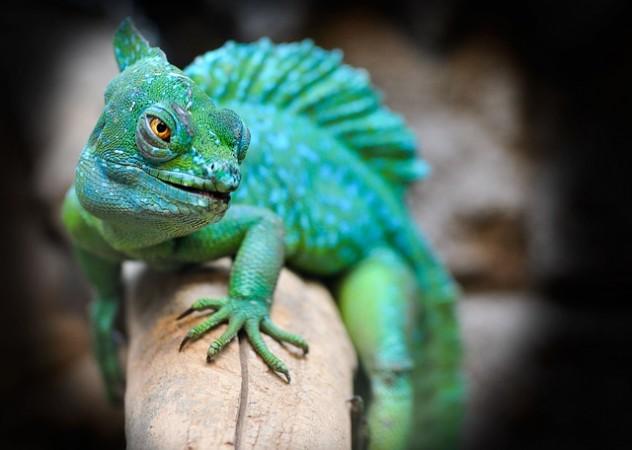
Last week, scientists had a 'Eureka!' moment after they successfully tracked down the entire family of lizards, all the way back to the oldest known fossil. Researchers have discovered a 240-million-year old fossil of a tiny reptile in the Alps of northern Italy.
Scientists concluded that the fossilised skeleton belongs to a previously unknown species found to be the direct ancestor of approximately 10,000 species, including some snakes.
Some have dubbed it the 'Mother of Dragons' but the scientists have named it Megachirella wachtleri. Apart from the fact that the lizard is the oldest of its kind in the recorded history of science, it was also a unique creature.
Here's why:
Lead study author Tiago Simões said, according to Live Science that scientists thought the fossil belonged to type of primitive reptile lepidosaur. However, further study revealed certain lizard-like features, which hinted that the fossil might provide unique clues about squamates – the largest recent order of reptiles, comprising all lizards and snakes.
"It deserved further attention — especially in the form of CT [computed tomography] scanning — to provide greater anatomical details and an improved data set, to understand its placement in the evolutionary tree of reptiles," said Simões.
Molecular and skeletal clues derived from the chameleon-sized reptile's fossil also revealed that geckoes made up the earliest squamate group to arise, before iguanians (which includes iguanas, anoles and chameleons).
It was also revealed that squamates had already split from other ancient reptiles. They also survived the Permian/Triassic mass extinction about 252 million years ago.
However, the challenge has not ended for the scientists. According to Live Science, a large gap still persists in the fossil record between Megachirella and another 168 million-years-old fossil squamates. "What we are discovering is the tip of the iceberg, and much further work needs to be done to understand the early evolution of squamates," Simões said.
The study was published online on May 30 in the journal Nature.

















